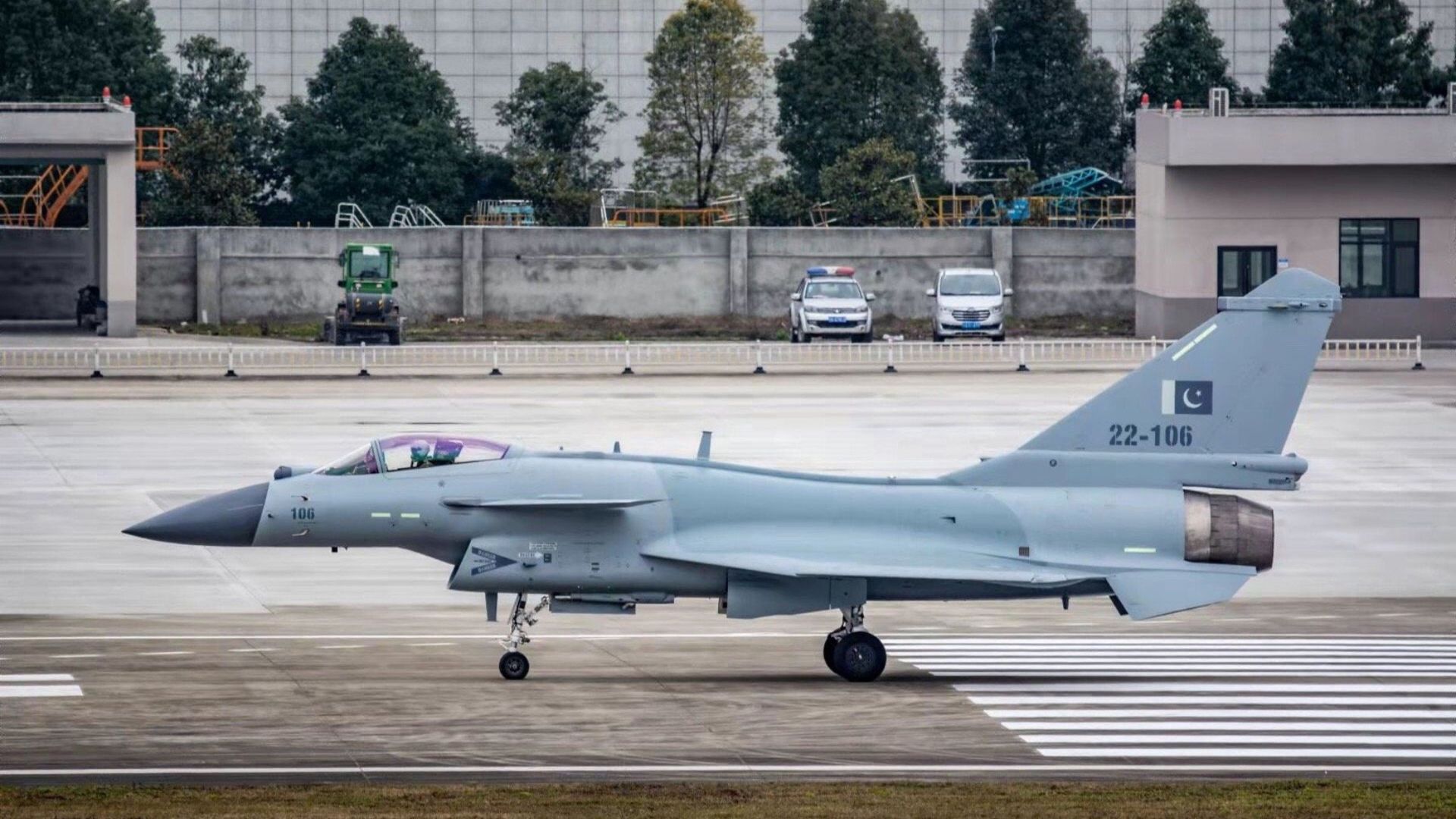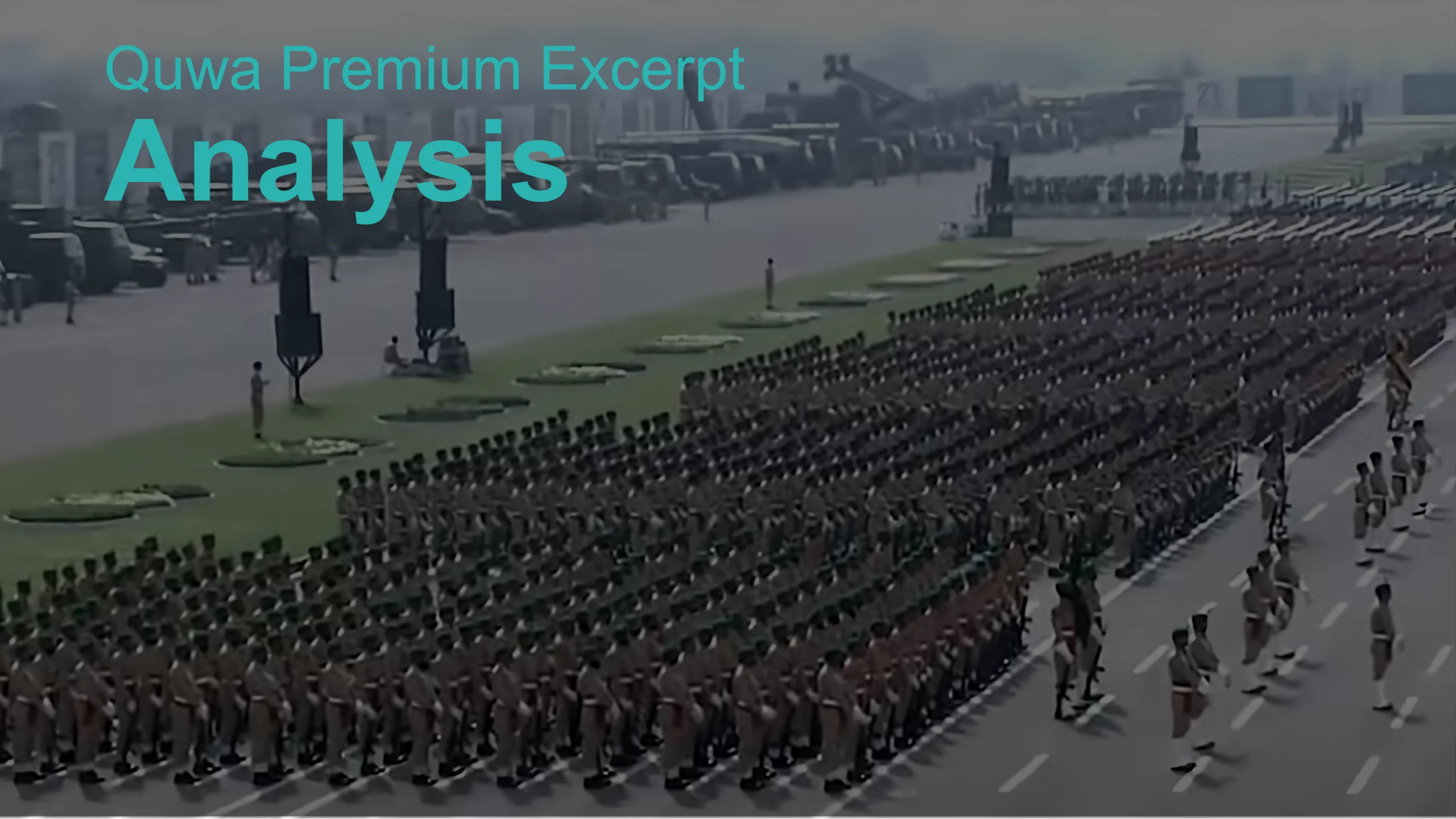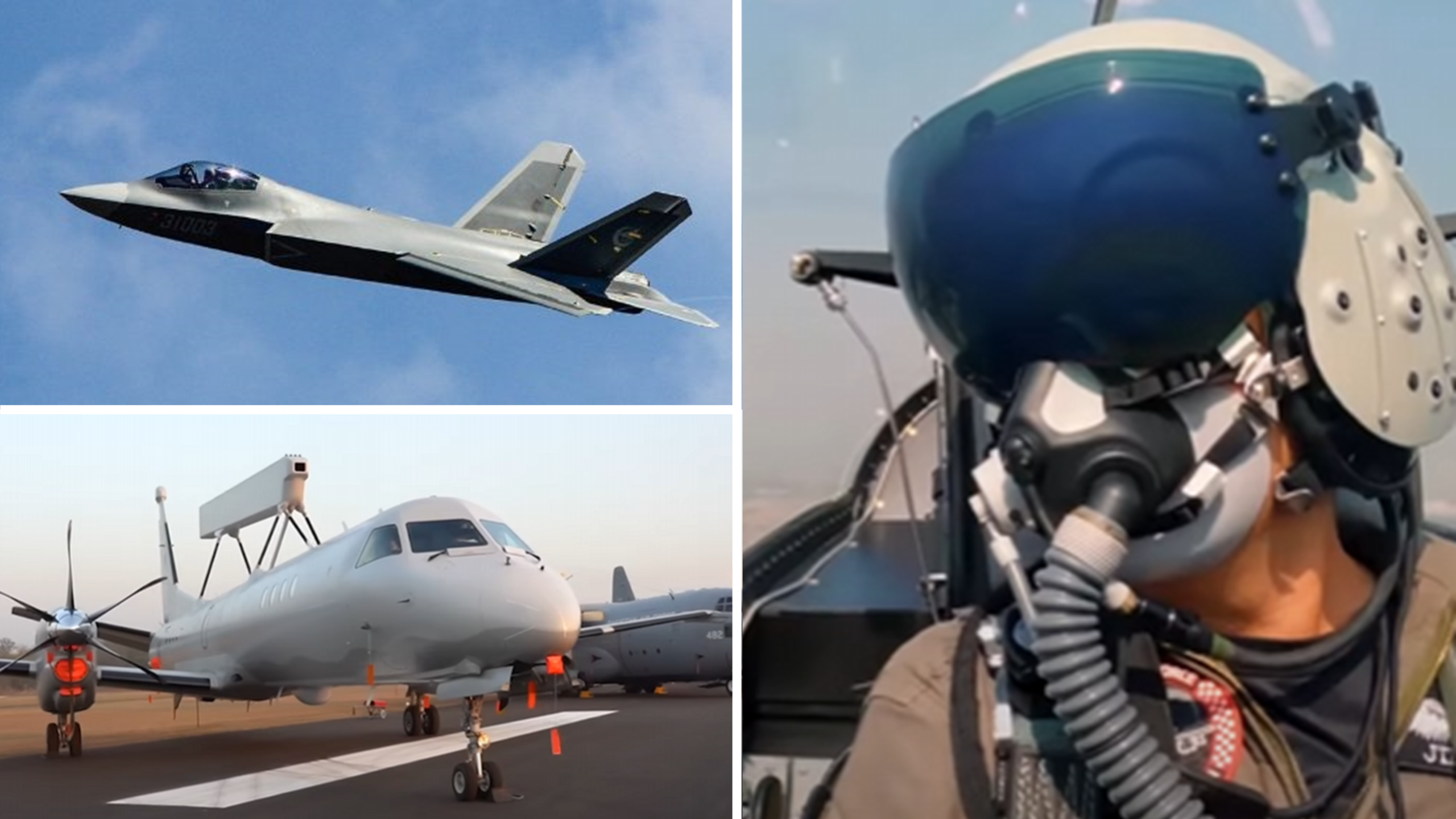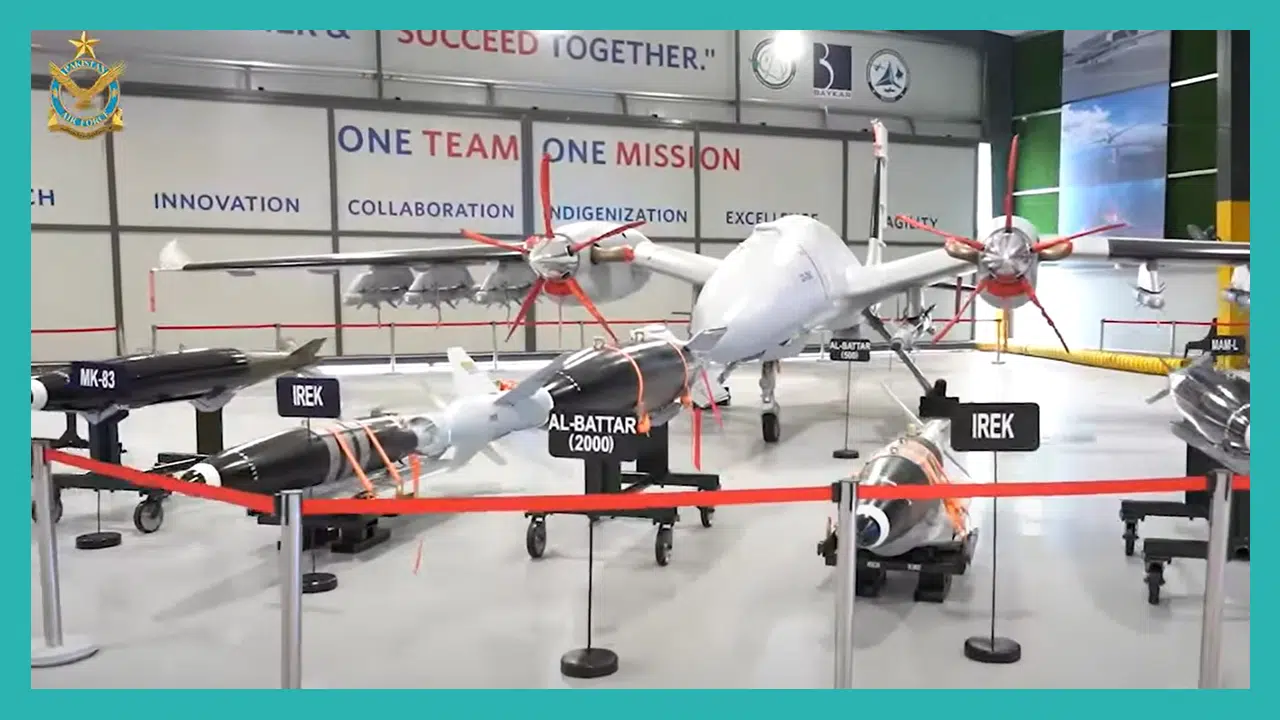Designed for air superiority and strike missions, the J-10CE is an export variant of the J-10C in service with the People’s Liberation Army Air Force (PLAAF). The Pakistan Air Force (PAF) inducted the J-10CE in March 2022 as part of an order…
On its annual Pakistan Day parade, the Pakistani military showcased a number of its newly inducted hardware.
Pakistan’s air warfare plans for the rest of the 2020s aim to achieve area-denial and the ability to sustain large-scale air operations.
Baykar announced that it will conduct research and development (R&D) work at Pakistan’s National Aerospace Science and Technology Park (NASTP).




